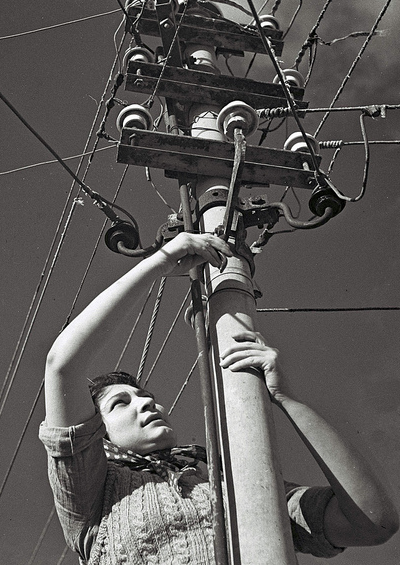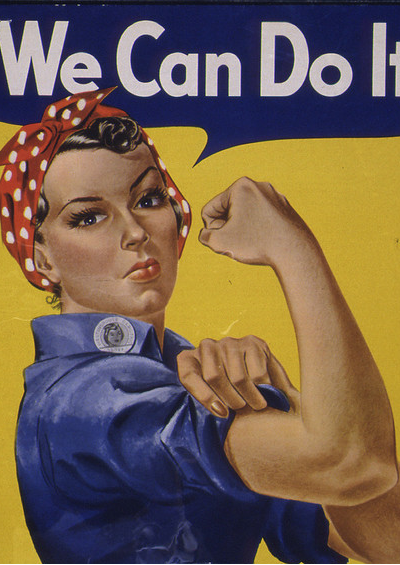10 Facts: Women in the Workforce: U.S. Versus the Rest
Are U.S. women still leading OECD nations in workforce participation?
February 26, 2015

1. In 1990, the United States ranked near the top in terms of women labor force participation rates in developed nations.
2. Back then, only five nations – Norway, Sweden, Denmark, Canada and Finland – ranked higher.
3. U.S. female labor participation peaked in 1999 at 77%.
4. Since 1999, U.S. female labor participation has decreased for 12 out of the past 14 years, bottoming out at just under 74% in 2014.
5. While the United States struggled to increase the percentage of women active in the workforce, European nations thrived.
6. As of mid-2014, six European nations had female labor participation rates of 85% or higher.
7. The leaders among OECD nations are now Slovenia, Sweden, Portugal, Iceland, Austria and Switzerland.
8. The United States now only falls in the low middle among the OECD nations.
9. Since the end of the last recession in 2009, the U.S. labor force participation rate for women has fallen by two percentage points (from 75.7% in 2009 to 73.8% in mid-2014).
10. However, U.S. women are far more likely than their European counterparts to be employed in full-time work, and are equally likely as men to be considered for managerial positions.
Source: OECD and Why the U.S. has a lower rate of working women than Europe by Dylan Matthews (Washington Post, January 15, 2013), with additional analysis by The Globalist Research Center.
Takeaways
In 1990, the US ranked near the top in terms of women labor force participation rates in developed nations.
Since 1999, U.S. female labor participation has decreased for 12 out of the past 14 years.
U.S. women are far more likely than their European counterparts to be employed in full-time work.
U.S. women are now equally as likely as their male counterparts to be considered for management roles.
